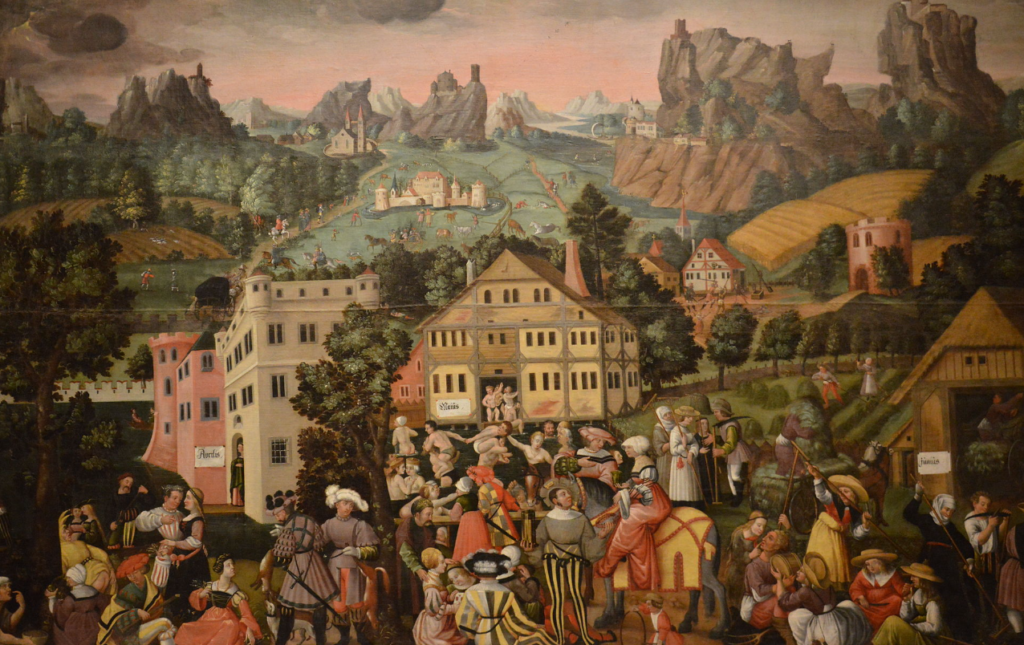
Augsburg in the early 16th century was a vibrant city at the heart of trade, culture, and intellectual exchange in Europe. It was a major center of commerce, banking, and artistic production, largely thanks to the Fugger family, one of the wealthiest and most powerful families of the time, who controlled much of the city’s economy and had ties to European royalty.
Jörg Breu the Elder (circa 1475–1537) was a prominent artist from Augsburg during this period. Known primarily for his paintings, woodcuts, and altarpieces, Breu was part of the late Gothic and early Renaissance movements in Southern Germany. His work reflected the transition between these artistic styles, blending the detailed realism of the Northern Renaissance with the more expressive, emotional qualities of the emerging Renaissance style from Italy.
Augsburg itself was an important intellectual hub, home to early Lutheran Reformation thinkers and printing presses that disseminated Protestant ideas, especially in the wake of Martin Luther’s writings. The city was also a place of religious conflict, as the Lutheran Reformation and Catholic counter-Reformation movements clashed.
Breu’s own work often reflected the religious tensions of the time, with a number of his pieces being commissioned for churches, but also featuring secular themes and a growing interest in humanism and naturalism. He was known for producing works that depicted religious subjects in a more accessible, less idealized way than earlier artists, which made his art more relatable to the general public.
Can you imagine the kind of atmosphere that would have surrounded a city like Augsburg with its mix of economic power, religious change, and the budding art scene?